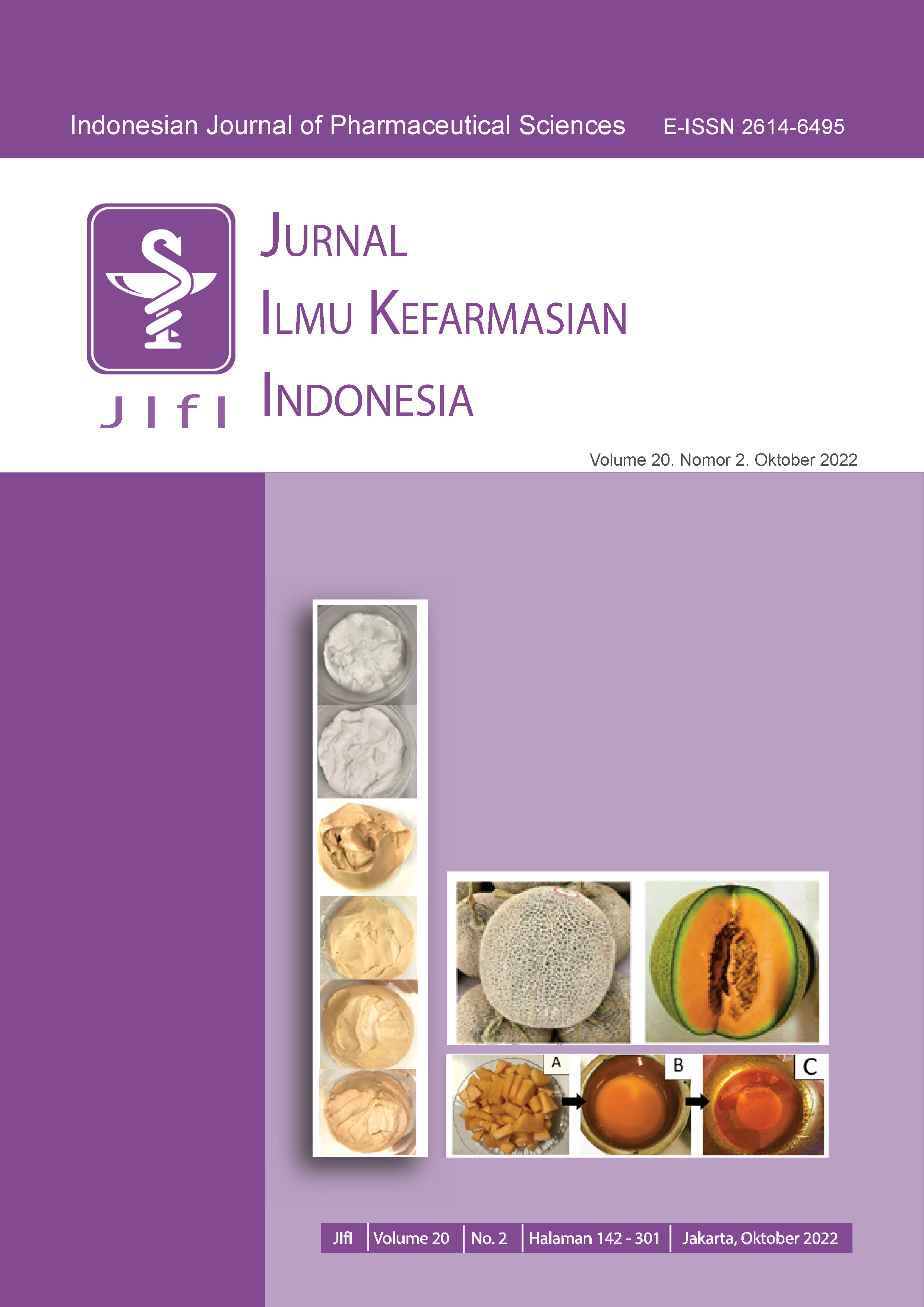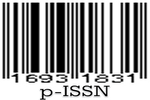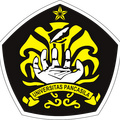Synthesis and characterization of 2-Benzamido-NBenzylbenzamide Derivative
Abstract
Anthranilamide derivatives exhibit anti-inflammatory, antipyretic, antibacterial, antiangiogenic, and anticoagulant properties. With an early in silico examination of its analgesic capabilities, this study aimed to generate a novel anthranilamide molecule by altering 2-Benzamido-N-Benzylbenzamide. Modification of anthranilamide with 1/2/3-chloro benzoyl chloride by acylation resulted in the design, synthesis, characterization, and research of the analgesic effects of 2-benzamido-N-benzoylbenzamide derivatives. 2-(2-chlorobenzamido)-N-(2-chlorobenzoyl)benzamide, 2-(3-chlorobenzamido)-N-(3-chlorobenzoyl)benzamide, and 2-(4-chlorobenzamido)-N-(4-chlorobenzoyl)benzamide were prepared. The nucleophilic acyl substitution reaction method was used to prepare these three chemicals by interaction with anthranylamide and benzoyl chloride molecules. Melting point and thin-layer chromatography were used to check the purity of the synthesis fi ndings. The structure was confi rmed by UV-Vis and infrared spectrophotometry.
References
2. P rasher P, Sharma M. Medicinal chemistry of anthranilic acid derivatives: A mini review. Drug Development Research. 2021;82(7):945-58.
3. Siswandono E. Kimia Medisinal 1 Edisi 2. Airlangga University Press;2020 Jan 14:100–120 .
4. Okunrobo LO, Usifoh CO, Scriba GK. Synthesis and pharmacological evaluation of 2-hydroxymethylbenzamides as anti-inflammatory and analgesic agents. Acta Poloniae Pharmaceutica. 2006;63(1):25-31.
5. Aldilla VR, Chen R, Martin AD, Marjo CE, Rich AM, Black DS, Thordarson P, Kumar N. Anthranilamide-based short peptides self-assembled hydrogels as antibacterial agents. Scientific reports. 2020 Jan 21;10(1):1-2.
6. DeRuiter J. Non-Steroidal Antiinflammatory Drugs (NSAIDS). Principles of Drug Action 2. Fall. 2002;1–25. 7. Puspaningtyas AR. Drug Development of Mefenamic Acid Derivatives as Analgesic by Molecular Approach. International Journal of Pharmaceutical and Clinical Research. 2017;9(2):123-30.
8. Hasana AR , Rudyanto M.Synthesisand characterization of 2-Benzamido- N -Benzoylbenzami de. Synthesis.2018;3(01):1–5 .
9. Shalas AF, Siswandono RM. Synthesis and structure-activity relationship of 1-allyl-3-(2-chlorobenzoyl) thiourea as analgesic. International Journal of Pharmacy and Pharmaceutical Sciences. 2016;8(6):297-8.
10. Suchetan PA, Gowda BT, Foro S, Fuess H. 2-C hloro-N-( 2-c hlorobenzoyl) benzenesulfonamide. Acta Crystallographica Section E: Structure Reports Online. 2010 May 1;66(5):o1040.
11. Pavia DL, Lampman GM, Kriz GS, Vyvyan JA. Introduction to spectroscopy. Cengage learning; 2014.
12. Thangavel N, Al Bratty M, Alhazmi HA, Najmi A, Sivadasan D. Structural attributes of organic compounds for UV-Spectrophotometric determination of dissociation constant-A systematic review. Oriental Journal of Chemistry. 2022(1):85-93.
13. Hallberg H. Approaches to modeling of recrystallization. Metals. 2011;1(1):16-48.
14. Satiadarma K, Mulya M, Tjohjono DH dan Kartasasmita RE. Asas Pengembangan Prosedur Analisis. 1 ed. Surabaya: Airlangga University Press; 2004. 183–210 15. Mulja M. Analisis instrumental. Surabaya: Airlangga University Press; 1995. 26–71, 114–36, 192–4
16. McMurry JE. Fundamentals of organic chemistry. Cengage Learning; 2010.

This work is licensed under a Creative Commons Attribution-NonCommercial-ShareAlike 4.0 International License.
Licencing
All articles in Jurnal Ilmu Kefarmasian Indonesia are an open-access article, distributed under the terms of the Creative Commons Attribution-NonCommercial-ShareAlike 4.0 International License which permits unrestricted non-commercial used, distribution and reproduction in any medium.
This licence applies to Author(s) and Public Reader means that the users mays :
- SHARE:
copy and redistribute the article in any medium or format - ADAPT:
remix, transform, and build upon the article (eg.: to produce a new research work and, possibly, a new publication) - ALIKE:
If you remix, transform, or build upon the article, you must distribute your contributions under the same license as the original. - NO ADDITIONAL RESTRICTIONS:
You may not apply legal terms or technological measures that legally restrict others from doing anything the license permits.
It does however mean that when you use it you must:
- ATTRIBUTION: You must give appropriate credit to both the Author(s) and the journal, provide a link to the license, and indicate if changes were made. You may do so in any reasonable manner, but not in any way that suggests the licensor endorses you or your use.
You may not:
- NONCOMMERCIAL: You may not use the article for commercial purposes.
This work is licensed under a Creative Commons Attribution-NonCommercial-ShareAlike 4.0 International License.





 Tools
Tools





















